Gewiss CHORUS GWA9531 User manual

1
GWA9531 KNX Presence sensor - Ceiling mounting
GWA9532 KNX Motion sensor for great heights -Ceiling
mounting
GWA9531
GWA9532
Technical Manual

2
Summary
1GENERAL DESCRIPTION......................................................................................................................... 4
1.1 Introduction........................................................................................................................................ 4
1.2 Operating principle............................................................................................................................. 4
1.3 Switching mode and regulation mode ............................................................................................... 4
1.4 Light analysis..................................................................................................................................... 5
1.5 Detector operating modes ................................................................................................................. 6
1.6 Detector functional groups................................................................................................................. 6
2IR REMOTE CONTROL (optional)............................................................................................................. 8
2.1 Special functions................................................................................................................................ 8
2.2 Operating modes and remote control buttons ................................................................................... 8
3GENERAL SETTING................................................................................................................................ 10
3.1 Activate/deactivate outputs.............................................................................................................. 10
3.2 Test mode........................................................................................................................................ 10
3.3 Led................................................................................................................................................... 11
3.4 Safety pause.................................................................................................................................... 11
4LIGHT OUTPUT SETTING ...................................................................................................................... 12
4.1 Basic settings................................................................................................................................... 12
4.2 Output type ...................................................................................................................................... 13
4.2.1 Follow-up time parameter............................................................................................................ 16
4.3 Daylight-dependent switch-off ......................................................................................................... 18
4.4 Manual control options..................................................................................................................... 19
4.5 Brightness threshold 1 and 2 (switching) or set value 1 and 2 (regulating) .................................... 21
4.7 Change trigger function ................................................................................................................... 23
4.8 Dynamic semi-automatic mode/daylight-dependent resetting......................................................... 23
4.9 Manual switching—on in case of sufficient ambient light / forced shutdown (switch off)................ 24
4.10 Centralised-switching....................................................................................................................... 25
4.11 Corridor function .............................................................................................................................. 25
4.12 Locking function............................................................................................................................... 26
4.13 Bus voltage return............................................................................................................................ 27
4.14 Additional functions in regulating mode........................................................................................... 28
4.14.1 Regulation (dimming) of two light groups (offset).................................................................... 28
4.14.2 Soft start................................................................................................................................... 29
4.14.3 Orientation light........................................................................................................................ 30
4.14.4 Burn-in function for fluorescents.............................................................................................. 30
4.14.5 Regulation cycle time (Cycle time for controlling).................................................................... 32
4.14.6 Regulation minimum................................................................................................................ 32
4.15 Additional functions in switching mode............................................................................................ 32
4.15.1 Send ON-telegrams during follow-up time............................................................................... 32
5HVAC OPERATION ................................................................................................................................. 33
5.1 Introduction...................................................................................................................................... 33
5.2 Delayed switch-on ........................................................................................................................... 35
6OCCUPANCY-INDIPENDENT REGULATING MODE ............................................................................ 37
7MASTER-SLAVE SYSTEMS / OCCUPANCY DETECTORS IN SLAVE MODE..................................... 39

3
7.1 Special case: Master-Master system............................................................................................... 41
8LIGHT SENSOR SETTING...................................................................................................................... 43
8.1 Reflection Factor.............................................................................................................................. 43
8.2 Sending the light value / correction value........................................................................................ 44
9COMMUNICATION OBJECTS................................................................................................................. 46
10 TECHNICAL DATA GWA9531............................................................................................................ 54
11 TECHNICAL DATA GWA9532............................................................................................................ 55
12 BLINDS................................................................................................................................................ 56

4
1 GENERAL DESCRIPTION
1.1 Introduction
The KNX occupancy/presence detector works on a passive infrared system, which registers
heat movements and converts them to signals that can be analysed by a processor. The
most important factor in motion detection is the right choice of mounting location.
Mounting location
The occupancy detector should be mounted so that the main direction of motion is always
tangential (side-to-side across the device).
The following sources of interference can lead to unwanted triggering, since they can also
produce differences in temperature:
1. radiant heaters
2. ventilation systems which emit hot or cold air
3. lights directly in the detection area
Accordingly, the detector must be positioned far from these sources.
If even the smallest movements are to be recognised (e.g. working at a computer keyboard),
we recommend that you choose a mounting location directly above the desk. This will ensure
that detection takes place.
Please always follow the mounting height given for the units. Smaller mounting heights
reduce the range. Greater mounting heights increase the range but also reduce sensitivity.
1.2 Operating principle
Both sensors (GWA9531 - GWA9532) automatically control the light, on the basis of the
presence / movement detection and the ambient light levels. They switch on the light if the
ambient light in the environment is below a threshold level of brightness (which can be set
on the device) and if it detects the presence / movement. The light switch off takes place
once the level of ambient light exceeds, for a minimum time, the brightness threshold set,
even if the presence or a movement is detected.
1.3 Switching mode and regulation mode
The detector can operate in two modes: switching mode and regulating mode. In switching
mode, the light is switched on and off using 1-bit switching telegrams. For this, a switch
actuator is required on the actuator side. In regulating mode, a dimming actuator is required.
1-byte dimming telegrams (percent values) are sent to the bus.
The desired brightness level for the room can be freely selected. In switching mode, the
term brightness threshold is used. This specifies the brightness threshold under which the
detector should switch on the light. If a threshold of 500 lux is set and the ambient light
(daylight) level is200 lux, the detector switches on when motion is detected (1). The increase
in light caused by the selected lamp is measured (2). With a 600 lux increase in light, the
detector switches off (3) as soon as the sum of the increase in light and the rise in ambient
light reaches 1100 lux. Therefore, the selected light level (increase in light) is no longer
available. The ambient light is now 500 lux (1100 lux - 600 lux), which is exactly the value
defined as brightness threshold.

5
With lighting regulation, the term used is not brightness threshold, but set value. Here, the
detector sends a dimming telegram to the bus. If the ambient light (daylight) level is under
the set value, and the detector registers a movement (1), the light switches on (100%). Then,
using the brightness level determined (2), the light is dimmed until the set value is reached.
From now on, the detector regulates the light (3) and keeps the room brightness at a
constant value (set value), until the proportion of artificial light reaches 0% (4).
1.4 Light analysis
The occupancy detector switches the light automatically, depending on the people being
present (movements) and on ambient light. The light sensor integrated into the detector
continually measures ambient light and compares it with the brightness threshold or set
value set in the detector. If ambient light is sufficient, the lighting is not switched on (A). If
ambient light is below the defined set value brightness, any movement in the room will cause
the lighting to switch on (B).
The detector switches the lighting off even if a person is present if there is enough natural
light (C) or no movement is detected in the room for a given follow-up time.

6
1.5 Detector operating modes
The detector can operate in the following modes:
1. Full automatic mode
In this mode, the lighting switches on and off automatically, according to occupancy and
brightness, for greater convenience.
2. Semi-automatic mode
In this mode, the lighting only switches on by manual operation, for improved energy saving.
Switching off takes place automatically or manually. Semi-automatic mode behaves
essentially in the same way as full automatic mode. The difference is that switch-on must
always be manual.
3. Slave mode
In this mode, the device only detects movement and sends this information to the master.
With more than one detector per light group, at least one device must be set as master. All
other detectors must be set to slave mode. Only the master decides whether the lighting is
to be switched on/off or dimmed.
4. Occupancy-independent regulating mode
In this mode, the detector operates as brightness sensor (permanent dimmer), i.e. motion
data is not analysed.
1.6 Detector functional groups
The occupancy detector has various functional groups. The most important is light output.
In this group, the basic function of the occupancy detector is performed. Here, motion and
brightness information is analysed, switching and regulation takes place, and changes
between the different modes are made.
Light output also includes the option to run the detector as a slave. This is required for
systems that need an expanded detection area. Several detectors then work in conjunction.
In slave mode, the other light output functions are no longer available.
In addition, three HVAC channels (heating, ventilation and air conditioning) are available.
These channels are for the control of energy-intensive systems such as air conditioning.
As well as these functional groups, the detector also requires an administration group. Here,
general settings are activated, including calibration of the light sensor.

7

8
2 IR REMOTE CONTROL (optional)
In addition, GEWISS KNX occupancy and motion detectors can be controlled via the KNX
bus using infrared (IR) remote control. The optional IR-PD-KNX remote control, item no.
92123, is available as an accessory.
2.1 Special functions
The “Reset” button resets the detector. Here, the detector behaves as it does on bus voltage
return. The parameter settings activated there are used.
The “Prog.” button puts the detector in programming mode, in order to program a physical
KNX address.
2.2 Operating modes and remote control buttons
Depending on the detector’s current mode, some remote control functions may be blocked.
The detector’s mode can be modified by KNX telegrams. The following five modes exist:
• Not programmed: The detector has not yet been programmed or “downloaded” by ETS
• Standard: The detector is working in normal mode (master)
• Slave: The detector is working in slave mode
• Test: The detector is in test mode
• Locked: The detector is locked
In each mode (except for when the detector is locked), the detector can be locked or
unlocked with the remote control. In locked mode, there are generally fewer remote control
functions available

9
IR Remote control
Not
programm.
Standard
mode
Slave
mode
Test mode
Locked
Set Value/threshold
1000lux
X
X
Set Value/threshold
500lux
X
X
Set Value/threshold
200lux
X
X
Set Value/threshold
100lux
X
X
Read-in current light value
X
Set Value/threshold 20lux
X
X
Burn-in function on
X
X
Burn-in function off
X
Dim up
X
Dim down
X
X
Follow-up time 1 min
X
X
Follow-up time 5 min
X
X
Follow-up time 10 min
X
X
Follow-up time 15 min
X
X
Follow-up time 30 min
X
X
Follow-up time 60 min
X
X
Automatic mode
X
X
Semi-automatic mode
X
X
Corridor function ON
X
X
Corridor function OFF
X
X
Led ON
X
X
X
Led OFF
X
X
X
KNX programming button
X
X
X
X
Test mode ON/OFF
X
X
X
Reset
X
X
X
X
X
X
X
X

10
3 GENERAL SETTING
3.1 Activate/deactivate outputs
If light output or one of the three HVAC/occupancy channels is activated, additional
parameter settings appear, for setting up detail functions.
Only when a channel is activated do its parameters and communication objects appear.
3.2 Test mode
Test mode is for checking the detection area. If movement is detected, the lighting switches
on for 2 seconds and then off again. The duration of switch-off depends on the length that
was set up for the safety pause.
Test mode can be activated as follows:
• with a 1-bit “1” telegram on the “Test mode – Input –General” communication object
• with the “Test” button on the remote control
• with both the communication object and the remote control
Test mode can be deactivated at any time as follows:
• automatically after 3 minutes
• after the “Reset” button on the remote control is operated
• with a “0” telegram on the “Test mode – Input –General” communication object
The test mode function must first be activated in General Settings.

11
3.3 Led
Since the integrated LED can be detected as a source of interference in some locations,
there is an option to switch it off after programming with ETS.
The LED can be switched off and on as follows:
• using the “LED – Input –General” communication object
(1-bit “0” telegram: switch off / 1-bit “1” telegram: switch on)
• with the “LED off” and “LED on” buttons on the remote control
• with both the communication object and the remote control
3.4 Safety pause
The safety pause is to prevent optical feedback and reactivation with no movement, for
example because of thermal interference. It is defined as the shortest period between
switching off and switching back on the lighting.

12
4 LIGHT OUTPUT SETTING
4.1 Basic settings
During project configuration, it is advisable first to set parameters for mode (full automatic,
semi-automatic, slave or occupancy-independent regulation) and output type (switching or
regulation). Output type affects the output object. In switching mode, a 1-bit object (15:
Switching channel –Output) is used, and in regulating mode a 1-byte object (16: Value 1 –
Output).
After that, it is recommended that you define the brightness threshold or set value and the
follow-up time. Following these basic settings, the detector is ready for service. All other
settings/parameters are for optimization or for adjustment in particular situations.

13
4.2 Output type
The “Output type” parameter defines whether the detector should work in switching or
regulating mode. In regulating mode, the detector regulates the brightness to the set value
given. The corresponding dimming actuators on the opposite side are used for this.
In switching mode, the detector only switches on and off. Normally, this is performed via 1-
bit switching telegrams. Switch actuators are to be found on the opposite side.
However, instead of 1-bit telegrams, 1-byte or scene telegrams can also be sent. Here, the
detector is in switching mode, i.e. it is not regulated, but when switching on, the 1-bit
switching telegram is replaced with a value telegram (0-100%) or a scene number. The
same applies for switching off.
Switching mode

14

15
Regulation mode

16
4.2.1 Follow-up time parameter
The follow-up time determines how long the lighting remains on after the last detected
movement. Each new movement restarts the follow-up time. Follow-up time is set under
“Follow-up time in seconds”, “Follow-up time in minutes” and “Follow-up time in hours”, and
is produced by adding these three times.
With fluorescent lamps, a follow-up time of at least 10 minutes is recommended, to increase
the lifespan of the lamp.
The shortest follow-up time is approx. 100 ms (input of 0/0/0).
The occupancy detector follow-up time can be changed via the “Follow-up time in minutes
–Input –Light output” communication object and/or by remote control.
The communication object is a 2-byte object. Follow-up time is given in minutes.

17
Using the remote control (optional), predefined follow-up times can be set (1 min, 5 min, 10
min, 15 min, 30 min, 60 min). The detector must previously have been unlocked for this
(grey button, open lock).
As soon as a new value has been specified via remote control or via the “Overwrite follow-
up time in minutes –Input” communication object, the occupancy detector works with the
newly specified time.

18
4.3 Daylight-dependent switch-off
In the example (switching mode), the light value is initially above the brightness threshold.
There is no reaction in terms of light output when movement is detected (A). If the light value
falls below the threshold, and the occupancy detector detects movement, the lighting is
switched on (B).
The curve (brightness) describes the total light intensity in a room with daylight and artificial
light. After the lighting is switched on, time T1 starts. This time can be set in the parameters
under “Calculate threshold for switching off after”. As seen in the diagram, fluorescent lamps
for example only reach their maximum brightness after a few minutes. After time T1, the
switch-off threshold is calculated. The increase in brightness achieved in time T1 is added
to the threshold in the parameter settings. In addition, a selectable tolerance is added to this
value. In regulating mode, this setting does not apply, as regulation is made to the set value.
During the time in which the actual light level is below the switch-off threshold, any
movements, which occur, re-trigger the follow-up time, so that the lighting remains on (C).
If the proportion of daylight rises slowly to (C) and exceeds the switch-off threshold (D),
delay time T2 starts. This is Daylight-depending shutdown (switch off), which causes the
lighting to be switched off although the follow-up time has not yet expired. The light value
over this time must remain above the switch-off threshold. This function is for energy saving.
The lighting switches off after time T2. In regulating mode, T2 cannot be changed. The
duration here is 60 seconds.
For fluorescent lamps, we recommend a duration of 5-10 minutes. For resistive loads such
as incandescent lamps, a duration of 5 minutes is sufficient.
Daylight-depending shutdown (switch off) is not to be confused with follow-up time.

19
4.4 Manual control options
The main task for a detector is automation of lighting. This results in energy saving from the
lighting (light is only switched on if it is really needed), as well as increased convenience
(light switches on automatically or constant light regulation maintains even illumination in
the workplace). To fulfil these tasks, the detector switches or regulates the light actuators
(switching actuators, dimming actuators).
The detector contains all the sensors and analyses the values measured by them for
switching or regulating the lighting. Therefore, there are no further components required,
such as light sensors, timers or connectors. Manual intervention in lighting control is not
recommended, as this may cause behaviour that can be interpreted as errors. The light
fitting controlled by the detector may not be influenced by other KNX sensors (apart from
the detector).
In switching mode, the detector switches the light on (100%) or off (0%). It therefore has two
states. Automatic operation can be controlled externally through the “External influence –
Input –Light output” object. An external switch (via the KNX bus) can cause the detector to
switch the connected actuators. The reaction varies according to the parameter settings
selected.
Alternatively, the detector´s locking function can be used to set the connected actuator to a
fixed position (off or on, no automatic operation).
In regulating mode, there are more than two states (on and off). It is often desired to dim to
a value between 0% and 100%, which should then be maintained without any automatic
adjustment. For this, the locking function can be used. When activating a lock, a 1-byte

20
telegram can be sent, to set the dimming actuator to the desired value. This is a fixed value.
It cannot be changed or modified during operation.
Also, the detector only offers the option to dim the actuator using a push button. This manual
dimming must be transmitted to the detector using the “Manual Dimming – Input –Light
output” object. The KNX dimming push button (4 bit) now sends the dimming commands to
both the dimming actuator and the detector. The detector then no longer sends dimming
telegrams to the actuator via the “Value 1/2 – Output –Light output” objects. Only the switch-
off telegram is transmitted, after the expiry of the follow-up time (no more people in the
room). Finally, the occupancy detector reverts to the mode set in the parameters.
In addition, manual dimming is available via the optional remote control. In this case,
dimming commands are transmitted from the remote control to the detector. The detector
forwards these values to the dimming actuator via the “Manual dimming – Output –Light
output” object.
The max button increases the light level for as long as it is pressed, and the min button dims
the light level for as long as it is pressed (equivalent to KNX 4-bit dimming). The detector
must be set to unlocked for this.
This manual suits for next models
1
Table of contents
Other Gewiss Accessories manuals
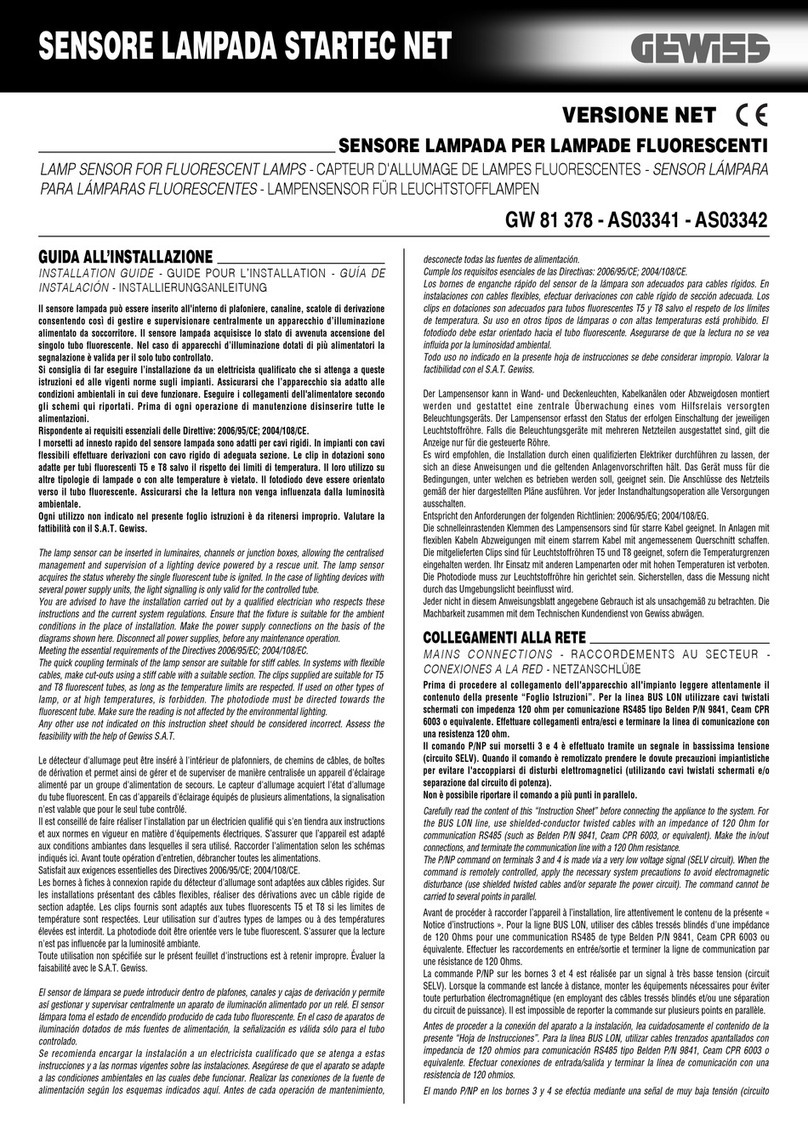
Gewiss
Gewiss STARTEC NET GW81378 User manual
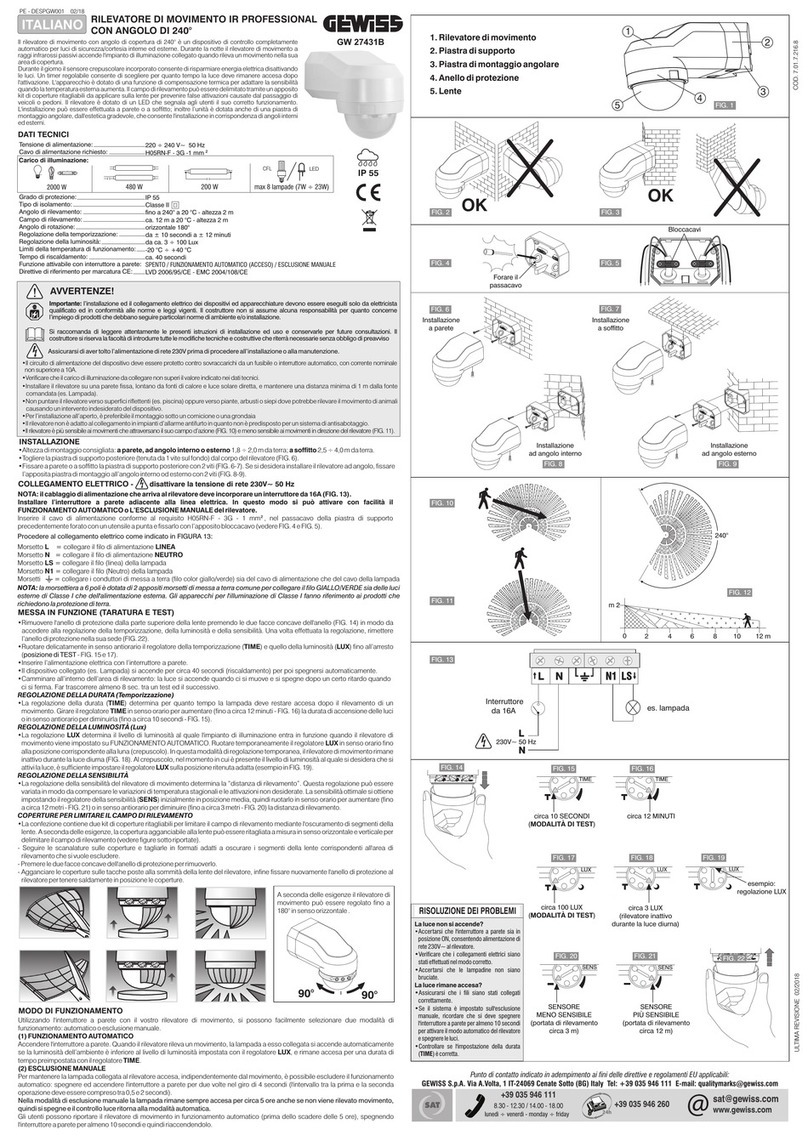
Gewiss
Gewiss GW 27431B User manual

Gewiss
Gewiss GW 20 641 User manual

Gewiss
Gewiss Chorus GW 10 331 User manual
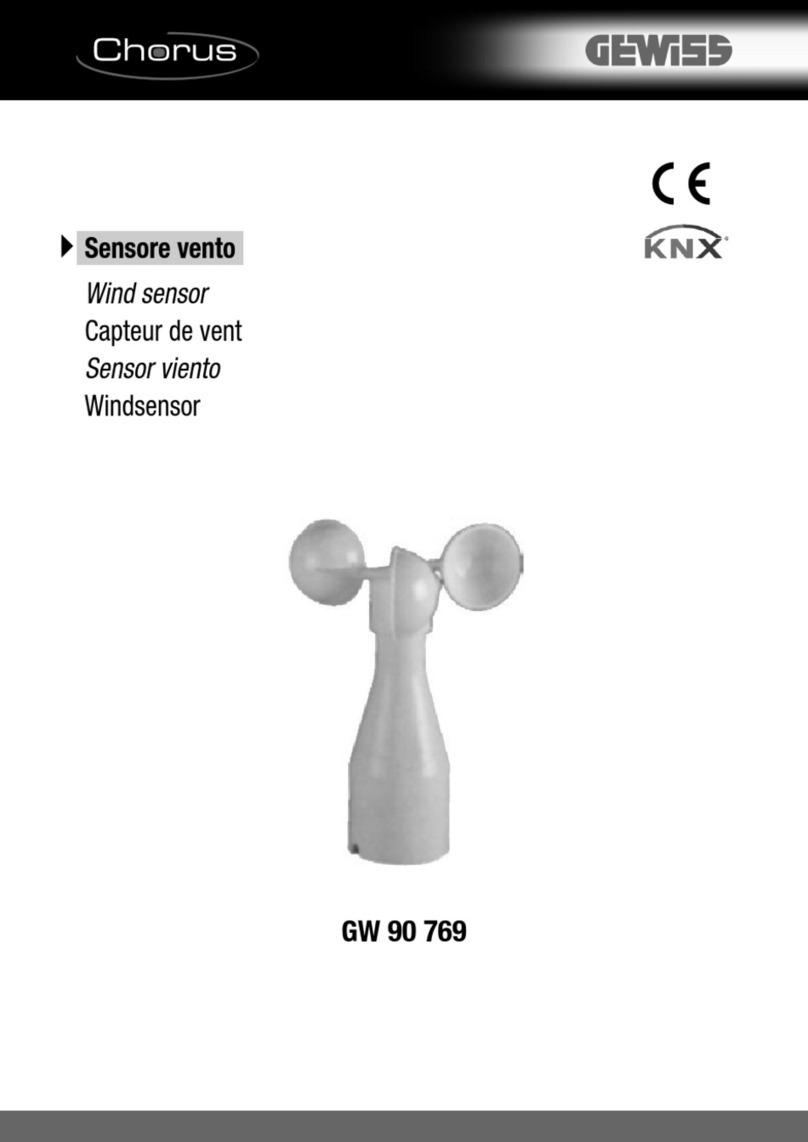
Gewiss
Gewiss Chorus GW 90 769 User manual
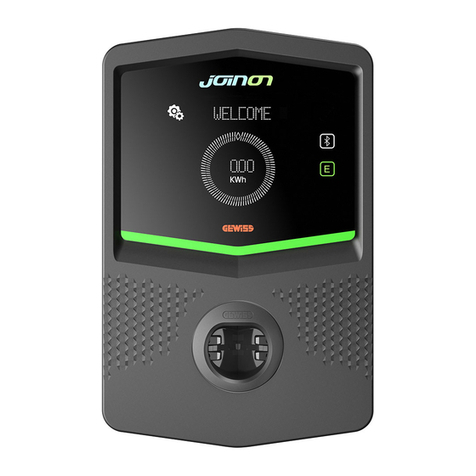
Gewiss
Gewiss JOINON I-CON Operating manual
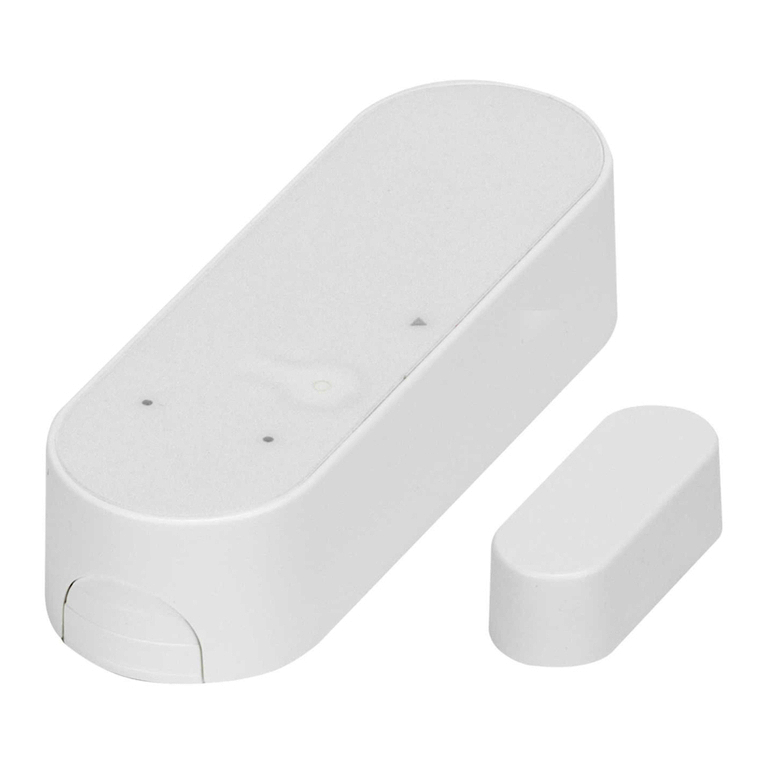
Gewiss
Gewiss CHORUS GWA1513 User manual
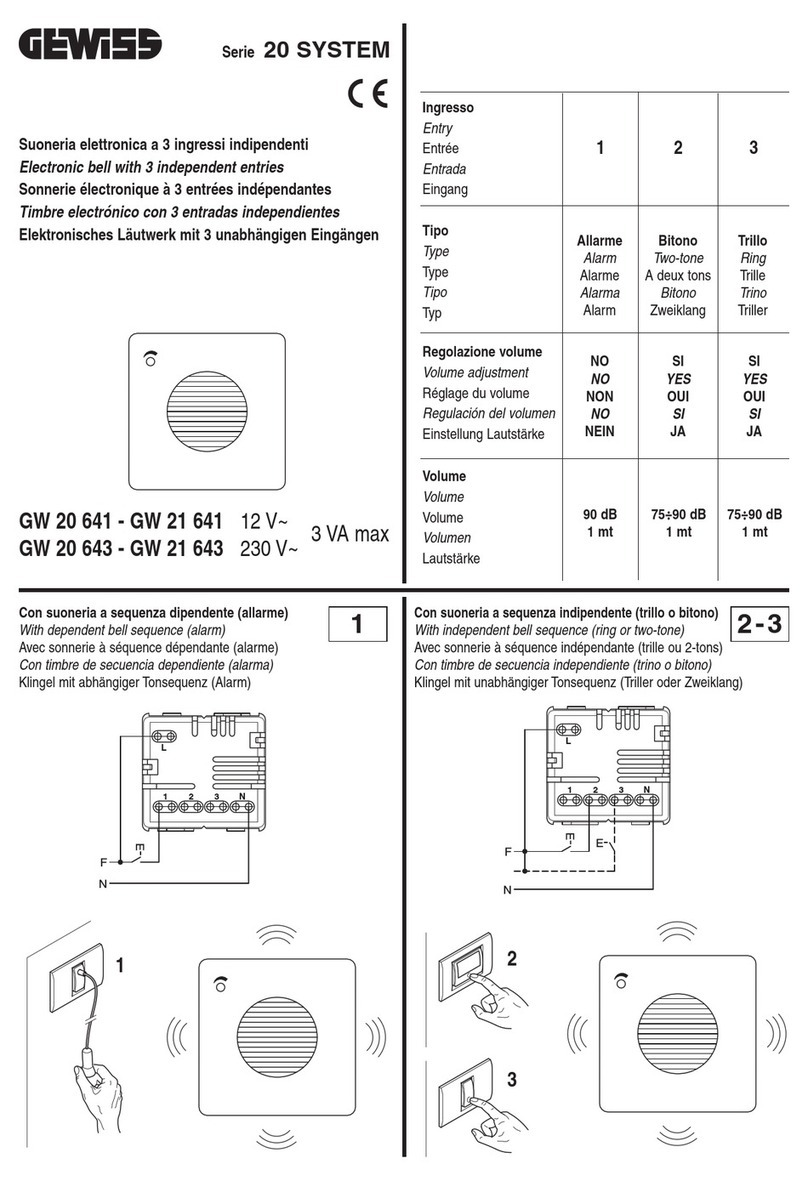
Gewiss
Gewiss 20 Series User manual
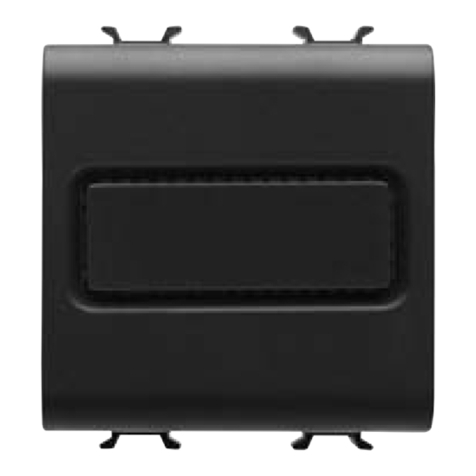
Gewiss
Gewiss Chorus GW 10 611 User manual
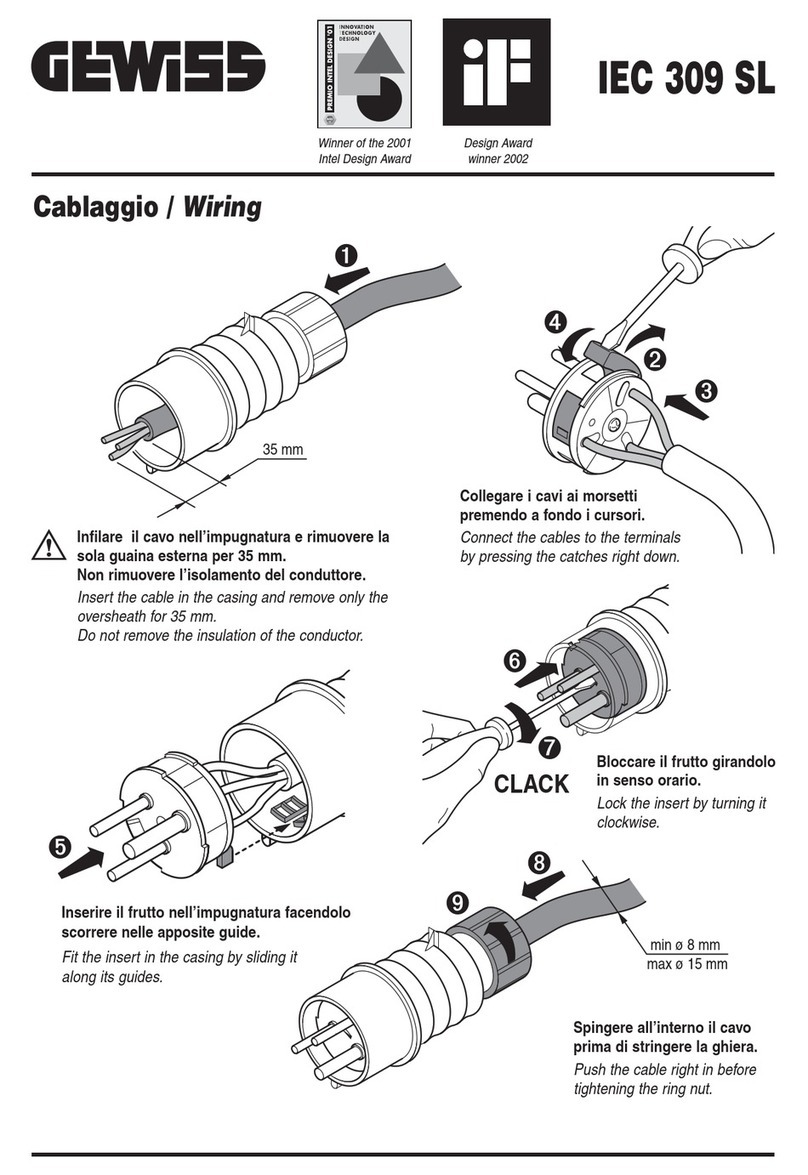
Gewiss
Gewiss IEC 309 SL User manual

















